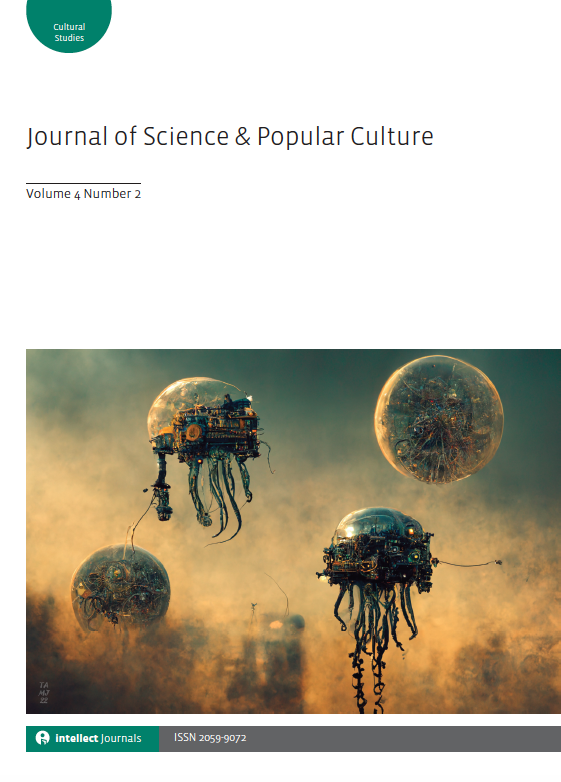
Full text loading...
 , Antonio Camorrino2
, Antonio Camorrino2 , Anna Rutenbeck1
, Anna Rutenbeck1
We explore themes related to societal concerns about robotics and AI represented in the first season of the current HBO TV series Westworld and compare them to those expressed in a corpus of similar length comprising Michael Crichton’s original feature film Westworld from 1973, its sequel Futureworld and the ensuing TV series Beyond Westworld. In the context of science communication, science in popular culture has most often been studied in terms of the influence it can exert on the audience’s understanding, awareness and engagement with science. Our analysis is framed in the approach of viewing films and TV as a ‘virtual witnessing technology’ and ‘social thought experiments’ through which they provide valuable information about perceptions, misconceptions, fears and expectations by the public on science and technology issues. Authors and filmmakers are considered representatives of society, giving a voice to those affected by developments in science and technology. Our analysis explores not only current perceptions and concerns on robotics and AI but also how that may have changed over this crucial period of their development.

Article metrics loading...

Full text loading...
References


Data & Media loading...

Publication Date:
https://doi.org/10.1386/jspc_00030_1 Published content will be available immediately after check-out or when it is released in case of a pre-order. Please make sure to be logged in to see all available purchase options.